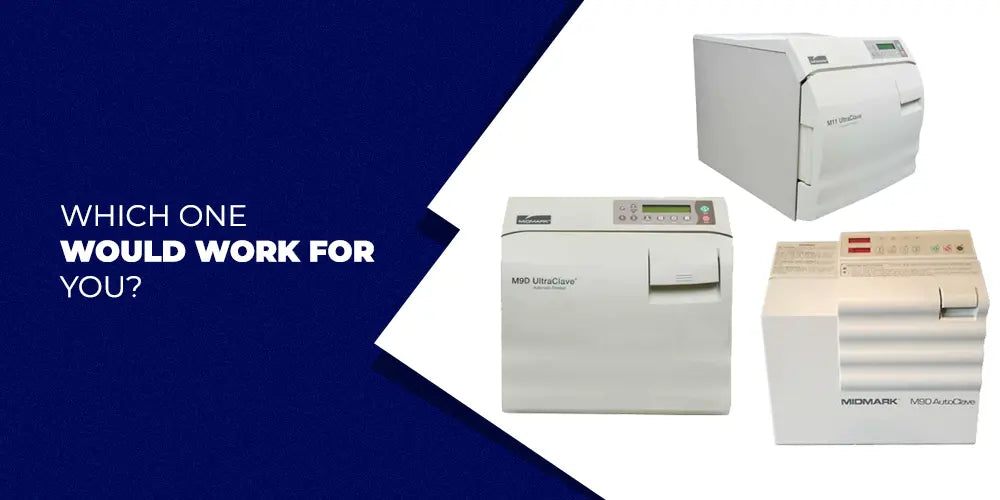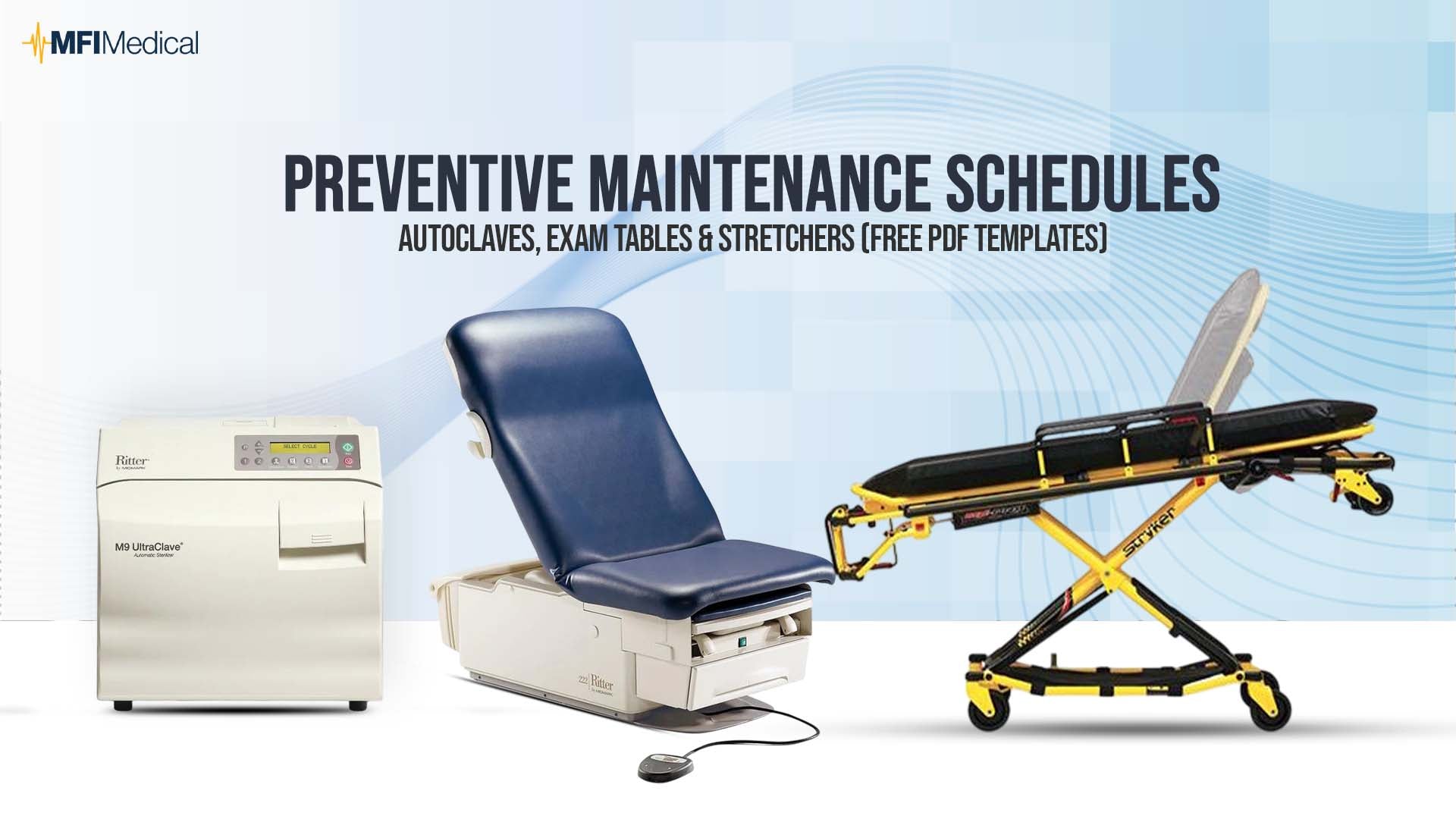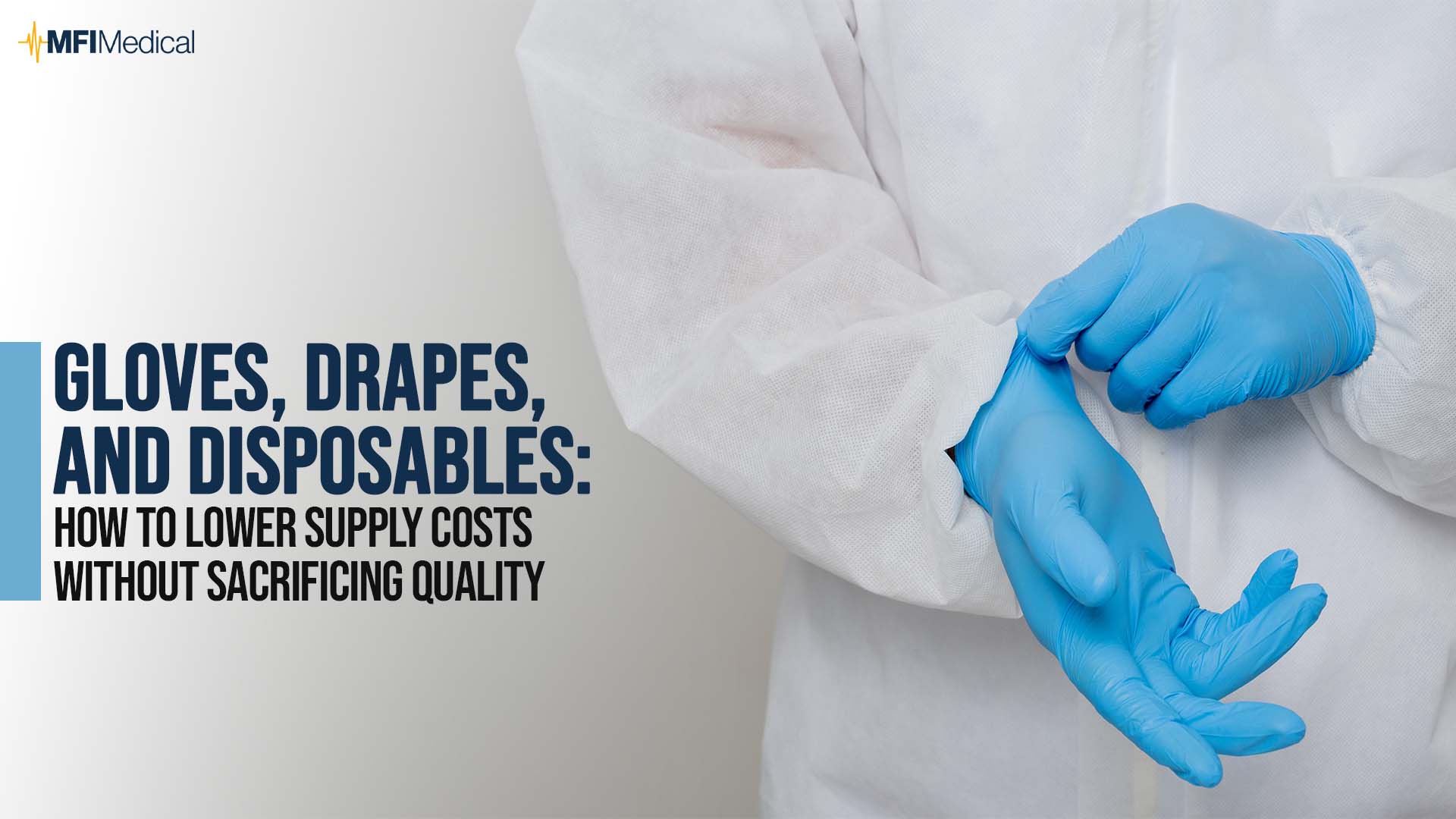Sterilization is crucial in medical and laboratory settings to ensure the safety and efficacy of medical instruments and equipment. Two common sterilization methods are dry heat sterilization and steam sterilization (also known as autoclaving). This blog post compares the differences between dry heat sterilizers and steam sterilizers from trusted brands like Midmark, Ritter, Tuttnauer, and CPAC SteriDent.
How Do Dry Heat Sterilizers Work?
Dry heat sterilizers use high temperatures to kill microorganisms and spores without the need for water or steam. This method is ideal for heat-resistant materials such as glassware, metal instruments, and powders. For example, CPAC SteriDent Sterilizers are compact and efficient, making them ideal for dental offices and small clinics.
Advantages of Dry Heat Sterilization:
- No corrosion: As no moisture is involved, dry heat sterilization reduces the risk of corrosion on metal instruments, ensuring their longevity.
- Penetration: Dry heat sterilization offers better penetration for materials like powders, oils, and waxes.
- Environmentally Friendly: It’s an eco-friendly sterilization method as it produces no toxic residues.
Disadvantages of Dry Heat Sterilization:
- Time-consuming: Dry heat sterilization typically requires longer exposure times compared to steam sterilization to complete the process.
- Limited Applicability: Not all materials can withstand high temperatures used in dry heat sterilization. Hence it can be used on fewer materials.
Steam Sterilizers (Autoclaves)

Steam sterilizers or autoclaves use pressurized steam to eliminate microorganisms and spores. The high-pressure steam penetrates the materials, ensuring thorough sterilization. Autoclaving is suitable for various materials, including surgical instruments, textiles, laboratory glassware, etc.,
Advantages of Steam Sterilization:
-
Speed: Steam sterilization is generally faster than dry heat sterilization. Hence, takes less time. Tuttnauer 2540MK and EZ10k/2540EKA Fully Automatic Kwiklave autoclaves are known for rapid sterilization.
- Efficacy: Autoclaves are highly effective at killing a wide range of microorganisms, including heat-resistant spores. For example, Ritter M9D Autoclave Sterilizers are known for their reliability, efficiency, and ease of use in small clinics to large hospitals.
- Versatility: Steam sterilizers are suitable for sterilizing a broader range of materials compared to dry heat sterilizers. For instance, The Ritter M9D, M9, and Ritter M11 Ultraclave Automatic Sterilizers are popular for their versatile application, durability, reliability, and user-friendly features.

Disadvantages of Steam Sterilization:
- Corrosion: Steam sterilization may cause corrosion on certain metal instruments over time due to the involvement of moisture.
- Incompatibility: Autoclaves are unsuitable for heat-sensitive materials or materials that cannot withstand moisture.
Conclusion
When selecting a sterilizer, it is essential to consider the specific needs of your medical or laboratory setting. Both dry heat sterilizers and steam sterilizers have their advantages and disadvantages. The choice between the two methods depends on the materials being sterilized, the required sterilization time, and the potential for corrosion.
Brands like Midmark, Ritter, Tuttnauer, and CPAC SteriDent offer various sterilization options to cater to diverse requirements. CPAC SteriDent specializes in dry heat sterilizers for smaller settings such as dental offices and clinics. By carefully evaluating your sterilization needs and researching the features and benefits of different brands, you can make an informed decision that ensures the safety and effectiveness of your sterilization processes.
Visit MFI Medical to explore the widest range of premium medical supplies and accessories and select the best that matches your requirements.




